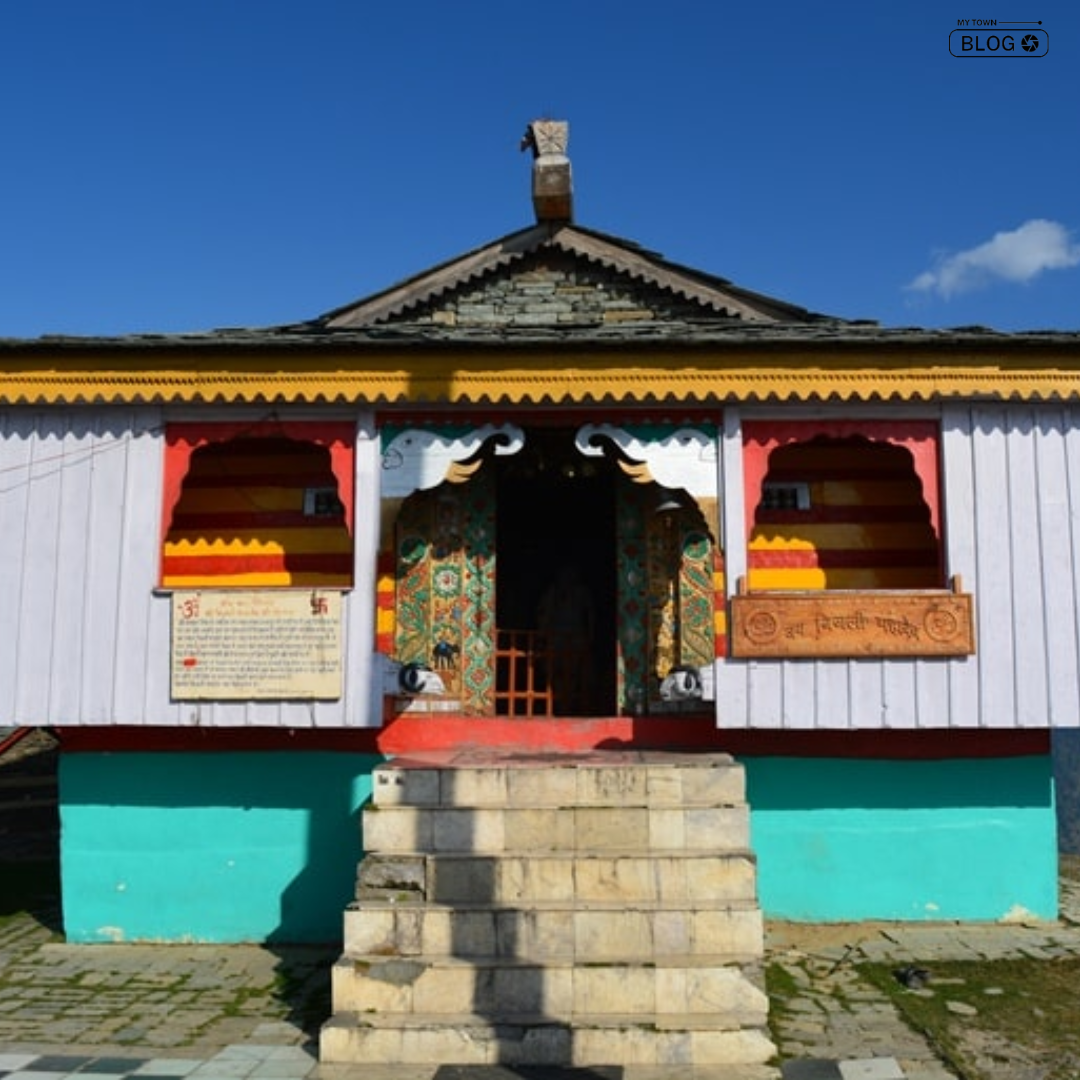Nestled in the serene Kullu Valley of Himachal Pradesh, India, the Bijli Mahadev Temple is a testament to the fusion of spirituality and the raw power of nature. Perched at an altitude of approximately 2,460 meters (8,070 feet), this ancient temple offers a spiritual retreat and a breathtaking panoramic view of the surrounding mountains.
Historical Significance
Mythical Origins
Legend holds that the temple dedicates itself to Lord Shiva, a principal deity in Hinduism. The name “Bijli Mahadev” translates to “Shiva, the Lord of Lightning,” and myth veils the temple’s origin. Local folklore claims that lightning occasionally strikes the temple’s shikhara (spire), requiring the priest to perform a ceremony to restore the Shiva Linga to its original form.
Historical Records
While the temple’s exact age is hard to determine, local records suggest that it was built by a local king named Maharana Bahadur Singh in the 17th century. The architecture reflects the traditional Himachali style, with wooden carvings and a pagoda-like structure that fits seamlessly into the surrounding landscape.
The Spiritual Experience
Pilgrimage Trek
The journey to Bijli Mahadev is not just a physical one but a spiritual trek. The trek starts from Chansari village, offering a scenic walk through dense forests and meadows. While challenging at times, the tour is enriching, providing an opportunity for pilgrims and nature enthusiasts alike to connect with the divine and natural beauty surrounding them.
Rituals and Festivals
The temple comes alive during festivals like Shivratri when devotees from far and wide undertake the pilgrimage to seek the blessings of Lord Shiva. The local priest performs traditional rituals, and the atmosphere is filled with the chanting of hymns, the sound of bells, and the aroma of incense.
Nature’s Marvel
Panoramic Views
The Bijli Mahadev Temple offers a panoramic view of the Kullu Valley, with snow-capped peaks, lush greenery, and the Beas River winding through the landscape. The breathtaking scenery provides a serene backdrop for meditation and contemplation.
Lightning Strikes
The temple’s unique feature is its susceptibility to lightning strikes. When lightning hits the Shiva Linga, it breaks into pieces, and the priest performs a ritual to join the fragments together using a unique mixture. This event is believed to symbolize the divine energy flowing through the temple.
Practical Information
Getting There
The trek to Bijli Mahadev starts from Chansari village, accessible by road from Kullu.
The trek is approximately 3-4 hours long, and it is advisable to carry water and snacks and wear appropriate trekking gear.
Best Time to Visit
The temple is open throughout the year, but the trek is most accessible from April to November. Winters can be harsh, with heavy snowfall making the trail challenging.
Nearby Attractions
While in the region, visitors can explore other nearby attractions, such as Naggar Castle, Roerich Art Gallery, and the picturesque town of Manali.
Conclusion
Bijli Mahadev Temple is not merely a religious site; it’s a harmonious blend of spirituality and the forces of nature. The trek, the rituals, and the stunning vistas make it a must-visit destination for those seeking a unique and profound experience in the heart of the Himalayas. Whether you’re a devotee or a nature lover, Bijli Mahadev offers a pilgrimage that transcends the physical and touches the soul.
FAQs
Is the trek to Bijli Mahadev suitable for beginners?
Yes, the trek to Bijli Mahadev is considered moderate and suitable for beginners with a reasonable fitness level. Although challenging, the trail offers a rewarding experience through picturesque landscapes. It is advisable to wear comfortable trekking shoes and carry essentials like water and snacks.
How often does the lightning strike the temple, and is it safe to visit during such times?
Lightning strikes at the temple are relatively infrequent, and there is no fixed pattern for when they occur. The temple’s unique ritual involves repairing the Shiva Linga after a lightning strike. While it adds to the temple’s mystique, safety precautions are in place. Visitors are advised to check weather conditions before embarking on the trek and to avoid visiting during thunderstorms.
Are there accommodation facilities near Bijli Mahadev Temple?
Accommodation options are limited near the temple itself. However, there are guesthouses and hotels in Kullu and nearby villages where visitors can stay. Many trekkers choose to camp at designated spots during the trek. Planing accommodation in advance is recommended, especially during peak pilgrimage seasons.
Can Bijli Mahadev be visited during the winter months?
While the temple remains open throughout the year, visiting during winter (December to February) can be challenging due to heavy snowfall. The trekking trail becomes difficult to navigate, and extreme weather conditions may pose risks. It’s advisable to check local conditions and consider the trek during the more accessible months of April to November.
Are photography and videography allowed inside the temple?
Visitors can typically engage in photography and videography outside the main sanctum of the temple. However, during specific rituals involving the main deity, restrictions on capturing images may apply as a mark of respect for religious practices. It’s advisable to consult temple authorities or the local priest for guidance on photography etiquette within the temple premises.








